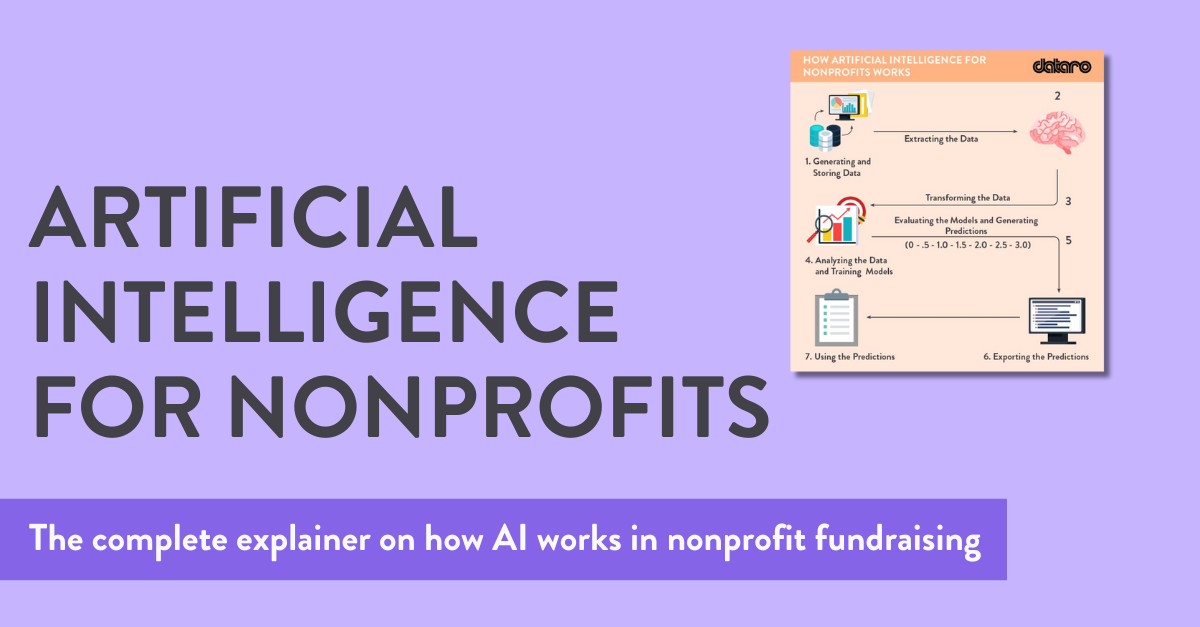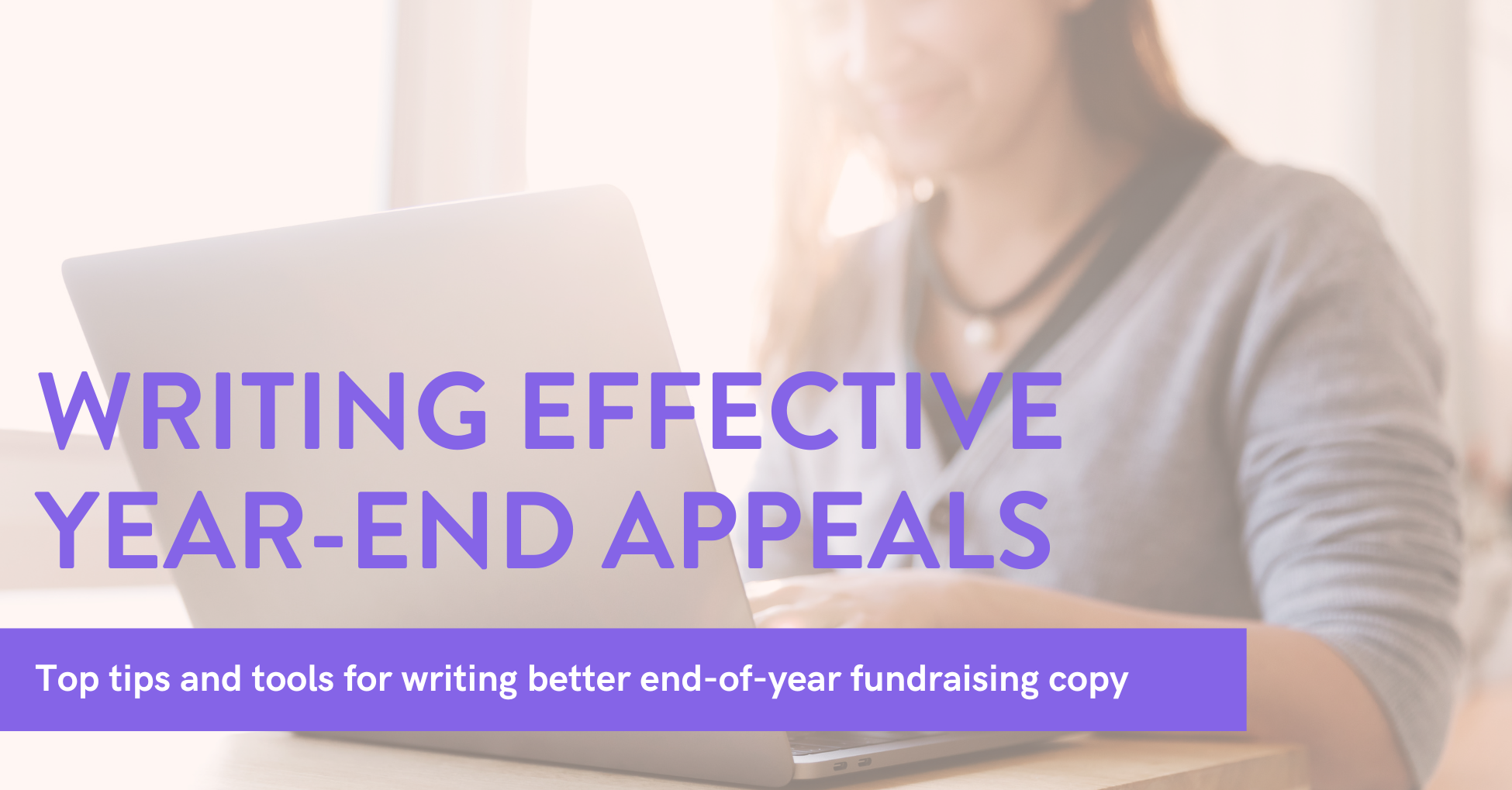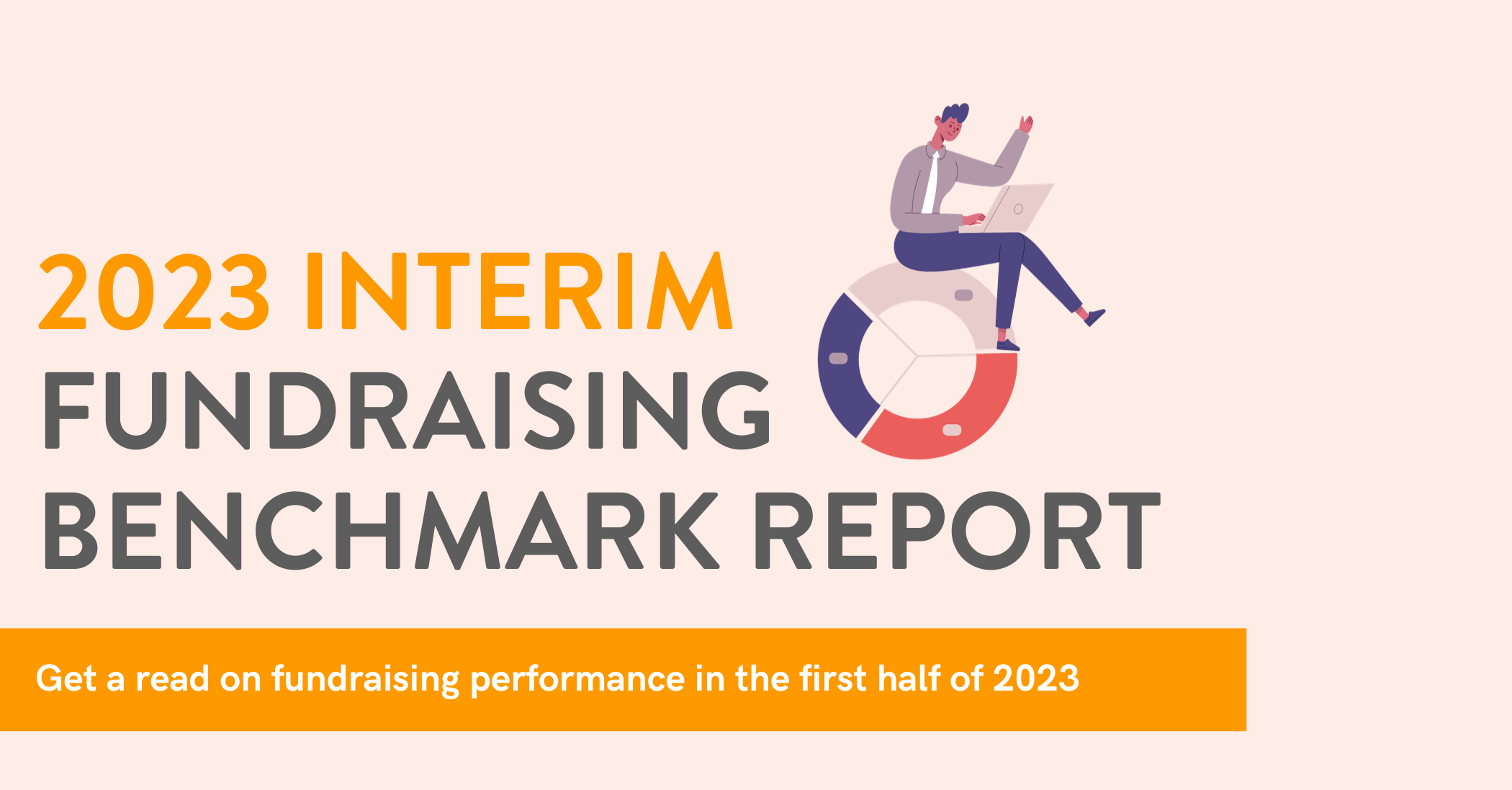
Retaining regular givers as COVID-19 hits new donor acquisitions hard
Chris Paver – 31 March 2020
The fallout from the COVID-19 pandemic has been devastating for many and of course charities are not immune. As job losses in Australia continue to mount, already there are reports of declining donations and charities reducing employee hours and cutting planned activities.
But unlike other recent economic downturns, the current crisis poses a far more complex scenario for the sector. With face-to-face fundraising suspended and events cancelled due to strict social distancing rules, charities are facing the twin challenges of a collapse in new acquisitions and revenue, combined with a spike in attrition as the economic ripples spread.
Already many organisations are coming up with creative solutions to soften the blow. In the regular giving space, these solutions need to focus on minimising cancellations and retaining as many regular givers as possible.
Historical analysis: Retention is increasingly difficult
To understand how economic downturns can affect regular giving, Dataro analysed historical regular giving data. Two key trends emerged.
Trend 1. RG churn spikes during a crisis
Our analysis of the data shows that regular giving churn spikes during global economic events like the 2008 global financial crisis. The below graph shows quarterly churn rates in a sample data set over time. The spike around the GFC shows average quarterly RG churn almost doubling to above 12% during the crisis.
We also know from these events that charitable giving follows consumer confidence downwards. A similar pattern is expected here. In 2008, during the height of the global financial crisis, ANZ-Roy Morgan Monthly Consumer Confidence Index Ratings slumped from over 109.5 in March to 90.7 in June, with the biggest monthly drop being 9.4 points. Already in the COVID-19 crisis consumer confidence has plummeted from 108.4 to 94.4 in a single month, a drop of 14 points. Check out our consumer confidence analysis for more details.
Of course, a key difference this time around is that physical distancing means some fundraising channels have ceased altogether and the drop in confidence has been sharper, which could potentially result in a sharper spike in cancellations.
Trend 2. Churn has been creeping upwards for over a decade
The second worrying trend revealed by this analysis has been slower but no less significant. Despite charities developing more sophisticated donor journeys and card decline programs, churn rates have been increasing over time. In other words, retention has become a much more significant challenge. If we extend our previous analysis, we can see below the general upward trend in quarterly churn over the past decade, from around 6% per quarter in 2006 to 10% or higher per quarter today.
For charities that have focussed on acquisitions and not retention, this ‘churn creep’ may well catch them by surprise, with potentially serious consequences in the current climate.
This finding is confirmed when we examine churn rates for five year cohorts. The following ‘survival curves’ demonstrate how donors acquired in 2000-2004 and 2005-2009 churned at a significantly slower rate compared to donors acquired from 2010-2014 and 2015-2019. For donors acquired since 2015, 64% churn within the first two years, compared to just 47% for donors acquired in 2000-2004.
The way forward: combatting churn in the time of COVID-19
As consumer confidence drops and unemployment soars, it is only natural for individuals to cut spending they consider to be ‘non-essential’. Charitable giving should not fall into that bucket as charities need support now more than ever. Unfortunately, however, regular giving cancellations are already accelerating in 2020 and a spike in churn is expected.
Keeping as many existing donors committed will be critical for not-for-profits trying to chart a path through the current uncertainty, and the charities best positioned to do that are the ones who are most informed about who their donors are and where they are going.
One key difference today compared to 2008 is that improvements in technology and machine learning allow us to draw much clearer conclusions about how donors are likely to behave. In Dataro’s experience, predictive modelling using machine learning algorithms can be an effective first step in driving a successful retention strategy beyond mere decline calling.
What drives attrition in RG programs?
From Dataro’s analysis, we know that the median lifespan for a regular giver is 19 months. But of course, there are a huge number of factors that may influence how long an individual will remain active. In the following analysis, for example, we can identify the following clear trends:
- Younger donors (under the age of 35) churn at a much higher rate than older donors and are likely at greater risk in economic downturns. The average churn rate after 1 year is 45% for under 35’s and 31% for over 55s.
- Donors who are acquired for a larger amount tend to churn much more quickly and, of course, may be overcommitted in a downturn. On average, 46% of donors with an initial gift size of >$30 churn in the first year compared to 30% for donors with gifts of <$15.
- Donors acquired via face-to-face channels churn at a much greater rate than other channels.
The relationship between these factors and regular giver attrition is easy to understand and well known, but they do not translate into rules that can be applied to predict churn, and retention strategies that focus only on these superficial factors will have limited success. For example, how can an organisation identify which specific younger regular givers will churn versus those that might actually be very loyal and connected donors, despite their age?
The machine learning advantage
That’s where machine learning comes in. Machine learning allows charities to process much greater volumes of data and identify more nuanced patterns. The closer a donor matches these patterns, the more likely they are to churn. For example, charities can take into account everything from a donor’s age, acquisition channel and giving amount through to their suburb, giving history, communications history, demographics, relationships and more.
A further advantage is that machine learning can adapt rapidly in times of crisis. By definition, the technology is designed to ‘learn’ when exposed to new data. So when a machine learning algorithm is exposed to information about rapidly changing circumstances, such as increased cancellations, it can learn from these trends much more rapidly to identify driving features. Right now these insights are particularly helpful as circumstances are changing so quickly that overnight a seemingly safe, committed donor may churn apparently out of the blue.
Although machine learning propensity modelling means that not-for-profits today are better placed to identify the regular givers most likely to churn, working to strengthen relationships with regular givers is of course essential to minimise churn.
Next Steps: getting started with proactive retention strategies
In Dataro’s experience, charities looking to improve retention can take some simple steps to get started.
Identify the donors at greatest risk of churn using propensity modelling;
Proactively engage with the most ‘at risk’ donors, such as via a ‘thank you’ call or email. In our experience, this can improve retention by as much as 15% from a single campaign.
Measure the results against industry averages and control groups to constantly improve on the intervention method selected (e.g email, telemarketing, etc).
Repeat the above process on a rolling basis to ensure you always engage with your at risk donors.
By identifying donors most at risk of churn and reaching out to remind them why they supported the cause in the first place, charities give themselves the best chance to retain more supporters.
The cancellation concern: will contacting a donor encourage them to cancel?
Charities may worry that contacting an at-risk regular giver will provide them with an opportunity to leave. In our experience, while this may occur in a minority of cases, doing nothing is worse. The donors who elect to cancel on such a call already had a very high probability of churn and would likely have ended their relationship with the charity even if they had not been contacted. Instead, the calls should be viewed as an opportunity to save donors that are on the fence and to strengthen those relationships.
Rather than encouraging donors to cancel, regular giver outreach gives the charity an opportunity to listen to the supporter and address their concerns. This may include thanking the donor, updating them on recent wins, or even pausing a regular gift during the economic downturn or offering a downgrade.
Sadly, it is likely that churn will increase for many organisations in the next few months. However, even though the world is shifting during COVID-19 and fundraising outlooks may feel increasingly uncertain and unpredictable, it is important to remember that the reasons for churn remain the same. They include things like financial problems, disengagement with the cause, or expectations not being met.
We expect that charities that use their data and move quickly and proactively to engage with their supporters will be best placed to retain regular givers through these challenging times.
Contact us if you would like to discuss churn at your organisation.




